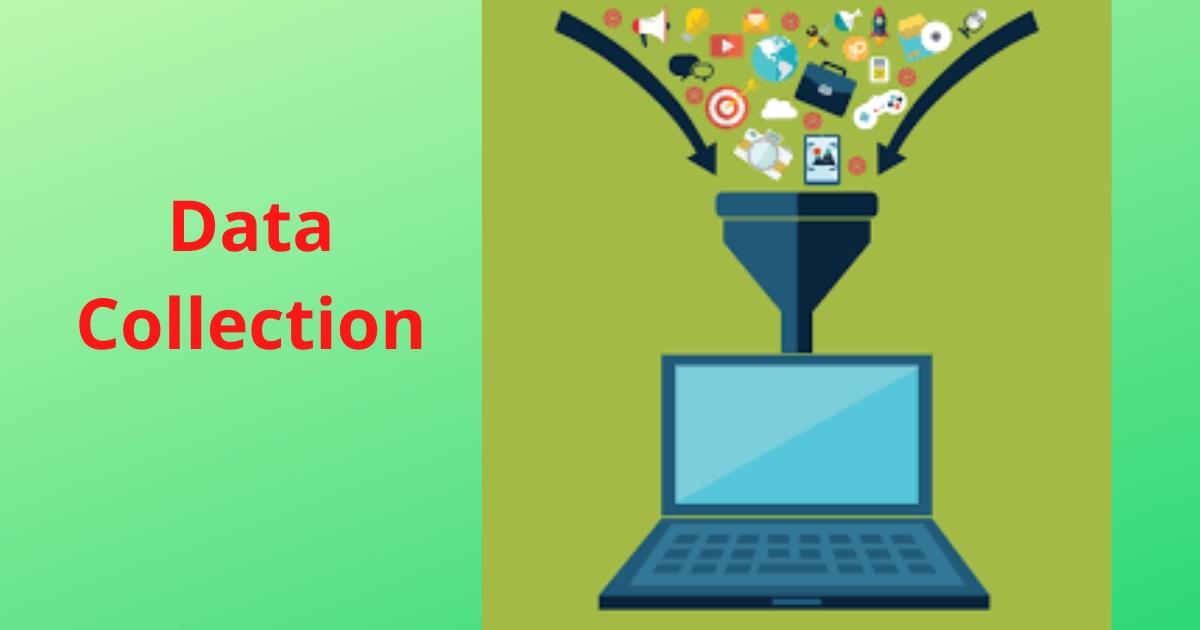To make the best investment choices, banks, investment houses, and other financial institutions need the most up-to-date and accurate sense of the market landscape in which they’re operating. This is especially true for investors today, when the economy has been ravaged by lockdowns and social distancing guidelines. Sales plans and revenue projections made at the beginning of the year have been tossed out the window, as businesses pivot to make up ground where they can.
Traditionally, investors and financial institutions leveraged the data that’s readily available to them when they make their investment decisions. This data includes quarterly or monthly reports published by companies outlining growth, revenue, earnings, and loss. It also includes a market outlook for the upcoming time frame, be it months, quarters, or years.
But, these aren’t normal times. While these reports are usually helpful, they were created in a pre-pandemic world. They’re no longer relevant for today’s market realities, thus rendering them useless to investors looking to get a leg up. This is why finding and using alternative, or external, datasets is critical for financial institutions.
What is alternative data?
Alternative data is information that can inform investors and financial institutions beyond traditional datasets like earnings or credit reports. This data can come from a wide variety of publicly available sources, such as social media activity, online reviews, or data on mobile spending trends. Because this is real-time information, gathered “live,” it paints a much more up-to-date and accurate picture for financial professionals to base decisions around investment opportunities and loan evaluations in the current market ecosystem.
For example, if a retailer has not released a quarterly earnings statement since before the pandemic hit, online data collection can be used to measure the level of activity on the website in the past few months, along with measuring the sentiment of reviews left by consumers. This type of data can give an investor the insights they need to inform projections and help develop an investment plan for their clients.
Alternative data can help banks, too, when it comes to lending and assessing risk. Data collected from public sources like social media pages as well as inventory and pricing on ecommerce websites can paint a picture of who the bank is lending to, beyond just their credit score. This is crucial for banks right now, as many consumers have also taken an economic hit and are taking out personal loans to help tide them over.
Many financial institutions know the value of this data. Per research from Greenwich Associates, alternative data budgets increased 52 percent in 2019, and 74 percent of firms surveyed said that alternative data has made a significant impact on their institutional investing. In times of global crisis, however, alternative data will become even more important, especially when no one knows what the future holds. Those who don’t have the infrastructure set up to collect this data will find it hard to remain competitive going forward.
Overcoming data collection challenges
Despite how useful alternative data is for investors, it’s not as simple as clicking a download link on a website and accessing a report. Alternative data, by nature, does not follow a structure, nor does it follow patterns. This can make capturing and analyzing the data difficult.
This is why it’s so crucial for financial institutions to put time and investment into data analysis. It’s not enough to simply have this data. It takes detailed analysis to turn raw numbers and unstructured data into a digestible source of reliable information for investment decisions. Businesses should be leveraging analysis tools such as AI and machine learning to automatically consume this public data and create reports that are easy to digest. Investors must also understand just how important it is to keep in line with local and federal data privacy regulations, so alternative datasets can be collected ethically and legally.
Alternative data is a huge opportunity for investors and financial institutions looking to get ahead in an economy that’s poised to restart after a rough few months because of the pandemic. Taking a look beyond the traditional can give them exactly the edge they need to come out on top and win.

